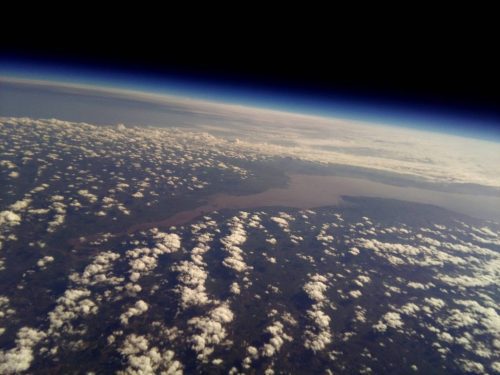Schlagwort: Skycademy
-

New software to get you started with high-altitude ballooning
Reading Time: 4 minutesRight now, we’re working on an online project pathway to support you with all your high-altitude balloon (HAB) flight activities, whether you run them with students or as a hobby. We’ll release the resources later in the year, but in the meantime we have some exciting new HAB software to share with…
-

Community profile: Dave Akerman
Reading Time: 4 minutesThis column is from The MagPi issue 61. You can download a PDF of the full issue for free, or subscribe to receive the print edition through your letterbox or the digital edition on your tablet. All proceeds from the print and digital editions help the Raspberry Pi Foundation achieve our charitable…
-

Raspberry Crusoe: how a Pi got lost at sea
Reading Time: 6 minutesThe tale of the little HAB that could and its three-month journey from Portslade Aldridge Community Academy in the UK to the coast of Denmark. PACA Computing on Twitter Where did it land ???? #skypaca #skycademy @pacauk #RaspberryPi High-altitude ballooning Some of you may be familiar with Raspberry Pi being used as…


